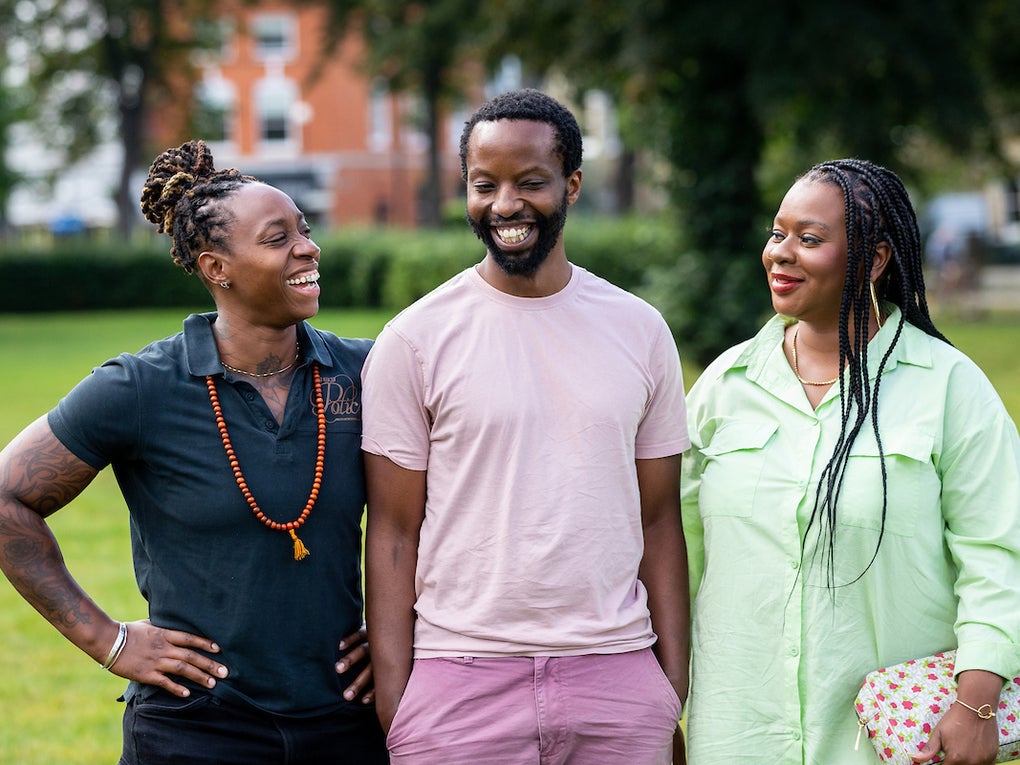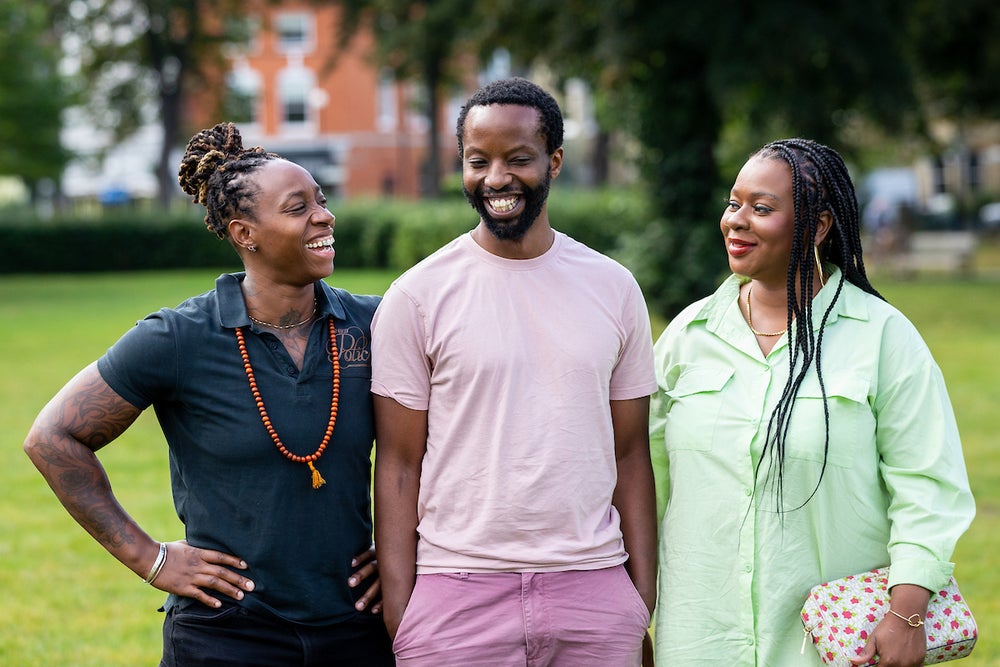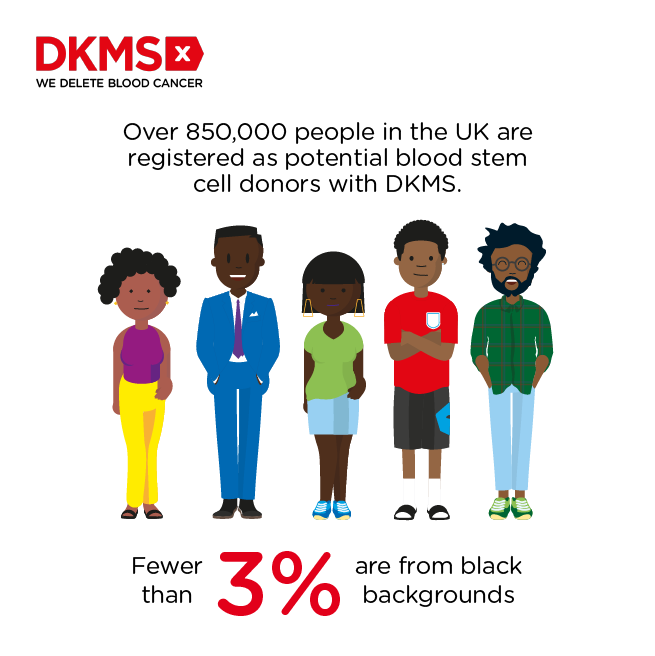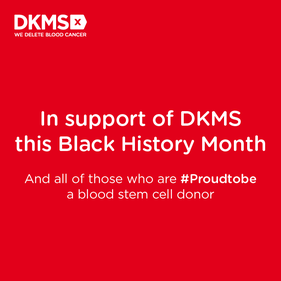
Black donors working with DKMS this Black History Month
Blood stem cell donors Angelina, Julius and Shola have teamed up with us this black History Month to urgently call for more black blood stem cell donors after learning that the proportion of black African and black Caribbean donors had fallen by 0.6%, leaving just 20,033 potential lifesavers from these backgrounds.

For those with a blood cancer or a rare blood disorder diagnosis, a blood stem cell donation from a genetically similar person can be the only option for survival. Yet, people from black, Asian or other minority backgrounds have a 20% chance of finding the best possible stem cell donor match, compared to 69% for northern European backgrounds.
Proud to help our community
The trio said: “We chose to become blood stem cell donors because we all understood how important it is for black African or Caribbean people to be on the register. As it stands, blood cancer patients from these backgrounds have a far greater task of finding a potential lifesaver.
“Although anyone can be a match, you’re more likely to be a match for someone of a similar ethnic background. We all registered with DKMS and went on to donate our stem cells to someone in urgent need. We’re just ordinary people, but we’re so proud we were able to give patients from our community a second chance of life.”

Low visibility
Reshna Radiven, Head of Communications and Engagement at DKMS UK, said: “From our recent research, we learned that blood cancer, and cancer generally, has very low visibility and understanding among African and Caribbean communities. There is concern about the donation process due to a lack of knowledge.
“We urgently need more people to come forward and register, particularly those from minority ethnic backgrounds, so that we can continue to diversify the donor pool for blood for all blood cancer patients.”

Donation process
If you are called upon, there are two donation methods. Around 90% of all donations are made through a method called peripheral blood stem cell (PBSC) collection. This method is very similar to giving blood. It involves blood being taken from one of the donor’s arms and a machine separates the blood stem cells from it. The donor’s blood is then returned to them through their other arm. This is an outpatient procedure that is usually completed in 4-6 hours.
In just 10% of cases, donations are made through bone marrow collection. Bone marrow is taken from the pelvic bone under general anaesthetic and the procedure lasts around an hour.
How you can help
You might be the last hope for a patient in urgent need of your blood stem cells. If you are age 17-55 and in general good health, you could be a potential lifesaver for someone with blood cancer. Start by registering online for your home swab kit at www.dkms.org.uk/proudtobe.